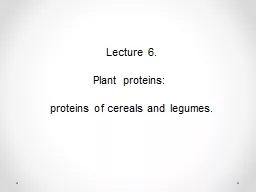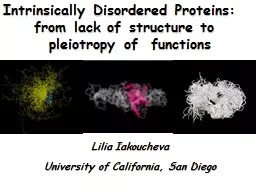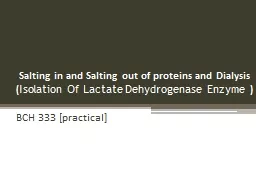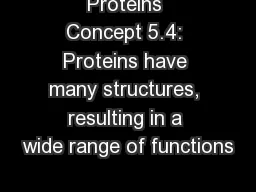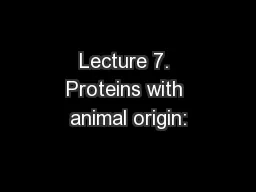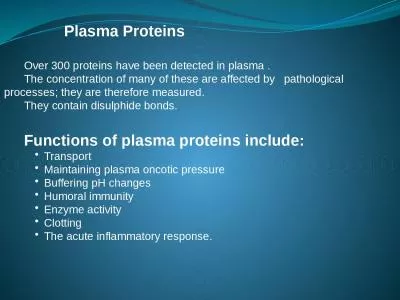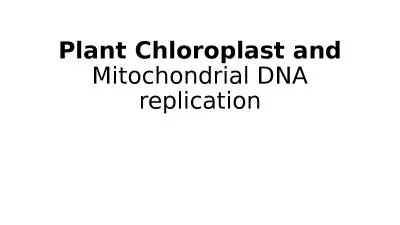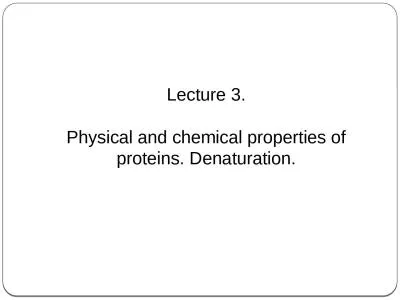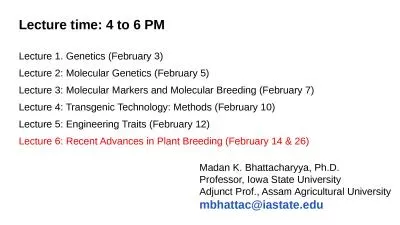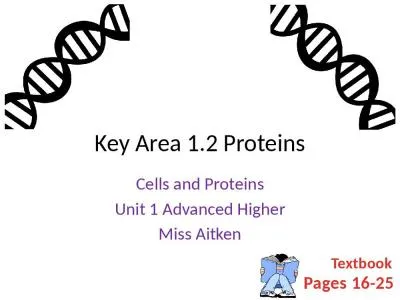PPT-Lecture 6. Plant proteins:
Author : TheOneWithNoFilter | Published Date : 2022-08-03
proteins of cereals and legumes Cereals httpjxboxfordjournalsorgcontent53370947fullpdfhtml Cereals are the most important crops in the world Basic food in European
Presentation Embed Code
Download Presentation
Download Presentation The PPT/PDF document "Lecture 6. Plant proteins:" is the property of its rightful owner. Permission is granted to download and print the materials on this website for personal, non-commercial use only, and to display it on your personal computer provided you do not modify the materials and that you retain all copyright notices contained in the materials. By downloading content from our website, you accept the terms of this agreement.
Lecture 6. Plant proteins:: Transcript
Download Rules Of Document
"Lecture 6. Plant proteins:"The content belongs to its owner. You may download and print it for personal use, without modification, and keep all copyright notices. By downloading, you agree to these terms.
Related Documents

